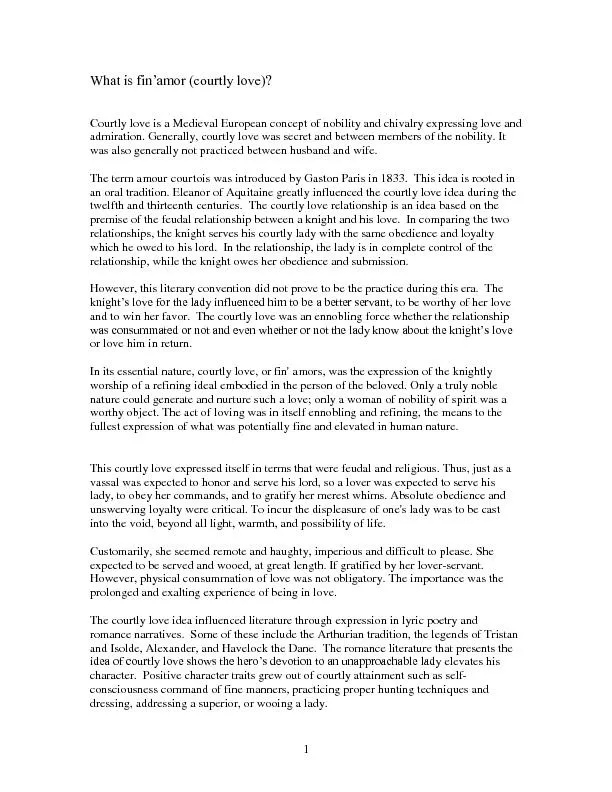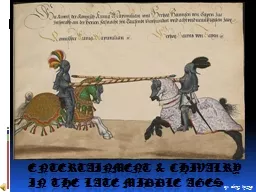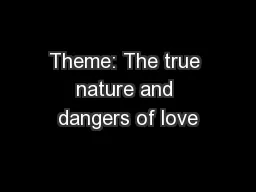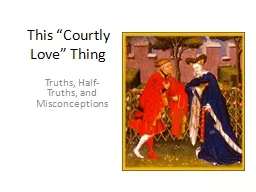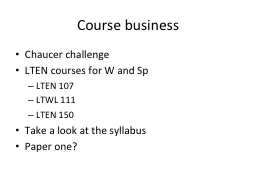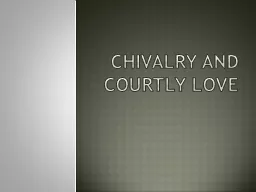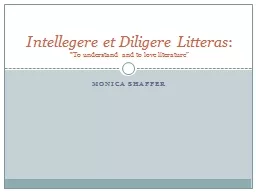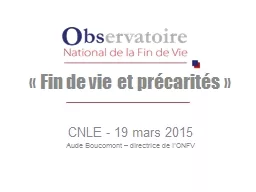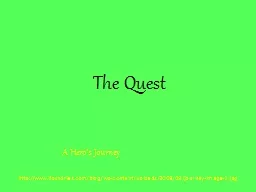PDF-What is fin’amor courtly love
Author : tawny-fly | Published Date : 2017-03-30
1 Courtly love is a M edieval European concept of nobi lity and chivalr y expressing love and admiration Generally courtly love was secret and between members of
Presentation Embed Code
Download Presentation
Download Presentation The PPT/PDF document "What is fin’amor courtly love" is the property of its rightful owner. Permission is granted to download and print the materials on this website for personal, non-commercial use only, and to display it on your personal computer provided you do not modify the materials and that you retain all copyright notices contained in the materials. By downloading content from our website, you accept the terms of this agreement.
What is fin’amor courtly love: Transcript
Download Rules Of Document
"What is fin’amor courtly love"The content belongs to its owner. You may download and print it for personal use, without modification, and keep all copyright notices. By downloading, you agree to these terms.
Related Documents

